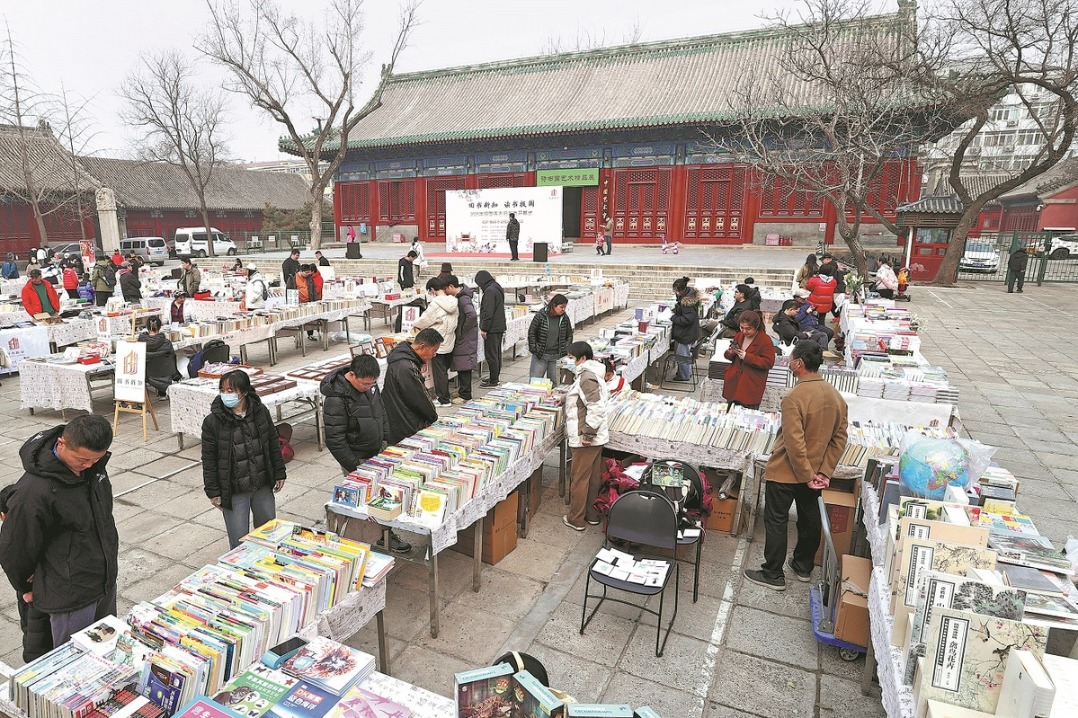BBC cherry-picks old clips as new evidence to lie about Xinjiang


It's not unusual for some bigoted Western media to report China using cherry-picking, and a recent BBC program has once again showed how the broadcaster used such techniques to smear China regardless of the logical fallacy.
In its latest report alleging "forced labor and assimilation" in northwest China's Xinjiang Uygur autonomous region, the "new compelling evidence" uncovered by the BBC program has proved to be old clips from China's national broadcaster. Such materials were cherry-picked by the BBC to lie about the country's efforts in helping end poverty in the region.
In the 2017 TV report by China Central Television (CCTV), a work team from Anhui Province was sent to Xinjiang to recruit locals for companies in the eastern costal province, a pairing approach China has been promoting to fight poverty in Xinjiang by offering locals with job opportunities in the more prosperous eastern and southern regions. However, the BBC program took snippets and manipulated them to suit its false narrative.
In the BBC program, they used some dubious footage of factory facades, claiming that Xinjiang workers were brought to Anhui as part of a forced massive relocation scheme and could not leave the factory premises.
One cited footage showed that a reluctant 19-year-old Xinjiang girl, Buzaynap, told recruiters that she'd rather stay at home. But this is in no way a proof that they are "forced" to leave their homes. It is all too natural for local young people to feel timid to leave home and work in cities thousands of kilometers away, where they had to overcome the difficulties brought by different languages, food and living habits.
In fact, none of the migrant workers was "forced" to leave their homes. For those who chose to join the program, they enjoyed a much higher pay than what they could earn back at home. They could also go home as they like or share the income with their families.
To help less developed and remote areas, the Chinese government launched a pairing-up support mechanism, under which affluent areas are tasked with helping less developed ones.
To take Xinjiang more specifically, a total of 19 provinces and municipalities across China are engaged in pairing-up support for different parts of Xinjiang. Enterprises from Anhui Province have set up factories and extended job opportunities to people from Hotan in Xinjiang.
The pairing-up support often involves providing better-paying internships or jobs that would otherwise be in short supply in the region. It provides an opportunity for Xinjiang residents to enrich experiences and gain skills, so that when they return to their hometown, they can either start up their own businesses or be hired by local enterprises as skilled workers.
Aynur Memet, who joined a one-year internship program in November 2017 in Hefei, said she brought home some 50,000 yuan (around $7,716 dollars) when she finished her training, and that was more than double the per capita disposable income of Xinjiang residents.
She took out 25,000 yuan to help her mom open a small shop in her home village in Pishan County, Hotan Prefecture. The rest was saved for daily expenditures and her brothers' schooling.
It is worth noting that such pairing-up support programs span different parts of the country and have been in place for many years. The regions that have benefitted from the scheme also include Tibet, Qinghai, Guizhou, among others.
Xinjiang and local residents are simply not particularly "targeted." Therefore, the BBC's fabrications that it is a "scheme" China uses to transfer ethnic minorities from Xinjiang to assimilate them is totally unsubstantiated.
In the BBC program, the journalists did not interview even a single person from Xinjiang who works or had worked in Anhui to show how they live today. A CCTV follow-up report, in which a happy and confident Buzaynap visited her hometown two years later, was never mentioned in the BBC piece.
By cutting clips from CCTV, twisting the words, and selectively providing only part of the picture, the BBC program deceived its viewers. Concocting the so-called evidence in such an arbitrary way will only make the BBC lose its credibility.

































